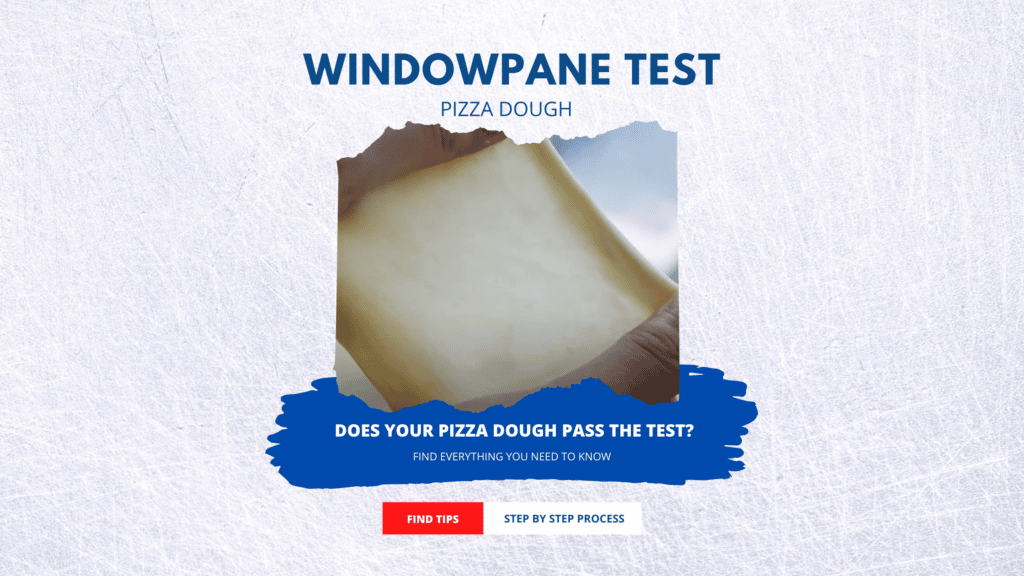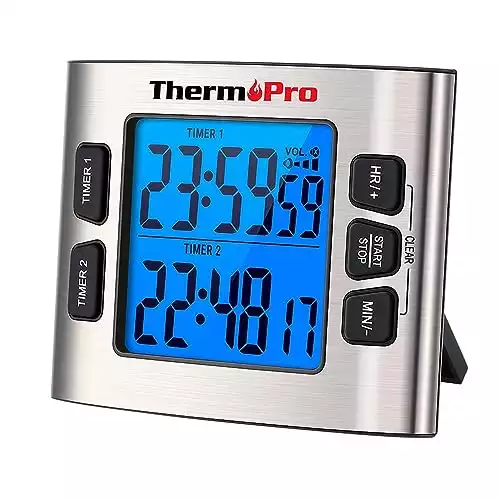Pizza Dough Windowpane Test
Kneading the dough is probably one of the most complex parts of baking a pizza.
You can’t just set a timer for ten or 20 minutes and say you’re done (it’s not brownies!).
Instead, you need to look closely at the dough and check it until it reaches the right level of elasticity.
It sounds complicated, right?
Fortunately, such a thing called the pizza dough windowpane test comes in!
It’s a simple strategy that lets you check if your dough is ready.
Let’s get started!
Here’s What You Will Find:
What is the Windowpane Test?
Windowpane testing is one of the most effective ways to know if your dough is kneaded enough so it’s ready for fermentation.
This step is critical to check since it will affect how your pizza will turn out in terms of taste and appearance.
We’re sure you already know, but for those who don’t: you knead the dough to form healthy gluten strands.
Since pizza bakers, whether they’re beginners or experts, find it hard to know when they need to stop, it results in a crust that’s either too brittle or too hard to chew.
Not to mention, the pizza’s shape won’t be too appealing.
Here is where the windowpane test comes in.
The role of the windowpane test lies in checking the dough’s elasticity to avoid any negative pizza-related results.
Contrary to what common trolls say, the name did not come from it being done by throwing the dough to the nearest window glass and checking if it sticks.
You perform the pizza dough windowpane test to determine how the dough should look when stretched out, and that is, thin enough that you can see your fingers’ shadows behind it.
Tips for Performing a Pizza Dough Windowpane Test
Although the windowpane test is relatively easy to do, there are still a few tips that you can do to ensure that you’re doing it correctly.
Here are some:
Leave the dough to rest for a while before doing the windowpane test.
After kneading the dough, it’s best to leave it to rest for a few minutes before doing the test. We recommend doing so for around 15 to 30 minutes.
This step will prepare the dough for the heavy stretching you need to do later. Not doing so will certainly increase the chances of your dough failing the windowpane test.
The discussion in this forum may give you a clearer insight into this tip.
Be gentle when stretching the dough.
No matter how well-kneaded a dough is, it will rip if you stretch it roughly. Because of this, make sure to be gentle when doing the test.
If you do this, and the dough still rips even if it’s not thin enough, then that’s the time you call it a fail.
Do the windowpane test to a golf ball-sized dough.
Size may not matter in some things, but it does when doing the windowpane test.
If you do it on a piece of dough that is too small, you may be unable to stretch it out properly since there won’t be enough space.
On the flip side, if you test the dough that is too big, you may run out of energy just by stretching it out.
Use a piece of dough the same size as a golf ball for the best results. It doesn’t have to be exact. You can estimate about 2 to 3 inches or 5cm and then wing it from there.
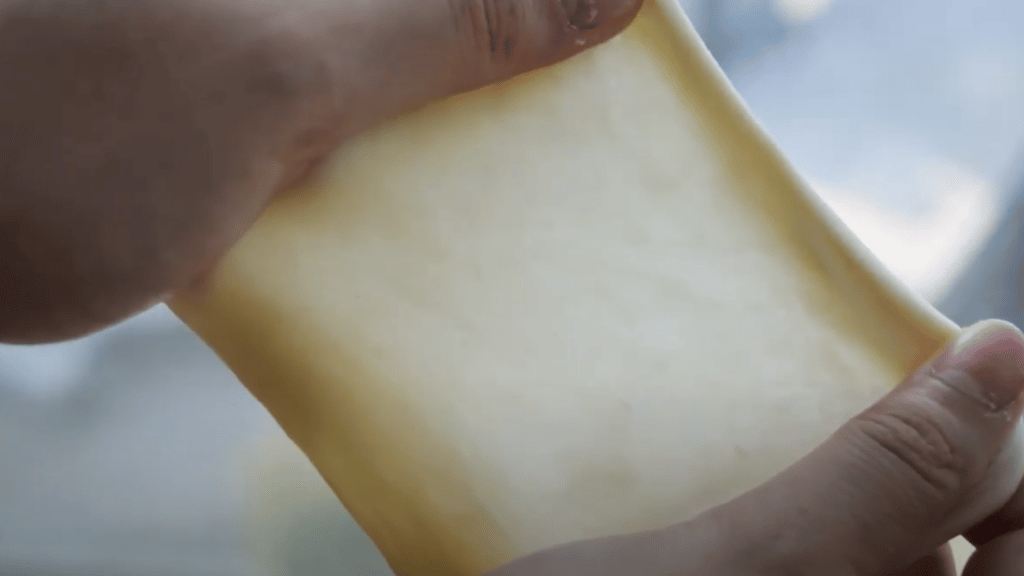
How Do You Do a Windowpane Test for Pizza Dough? – The Step-by-Step Process
Now that we’ve gone through the basics, it’s time for the highlight of this article: How do you do a windowpane test?
Below is the step-by-step process that you can refer to:
1. Knead the dough for about five minutes.
2. Let the dough rest for 15 to 30 minutes, whichever is suitable.
3. Once the 15 to 30-minute rest elapses, get a golf ball-sized piece from the dough.
4. Stretch the new piece of dough gently until it becomes extremely thin.
5. Decide whether the test is a pass or failure! Your dough would pass the test if you managed to stretch it until it shows vein-like gluten membranes and you can faintly see what’s behind it under light; congratulations!
If it ripped before it came to that part, you would have to knead the dough for a few more minutes. Repeat until you finally get your goal.
This wraps up the instructions for the windowpane test!
It’s straightforward. You’ll need a bit of effort, and you’re good to go.
Oh, and you will also need a ton of patience! This will surely come in handy.
Here’s a Video on How to Do the Windowpane Test

Is the Windowpane Test Necessary?
The windowpane exam is not necessary.
It’s helpful because it’s one of the most accurate indicators of how well your dough developed its gluten and overall texture, but it doesn’t always have to be included in your pizza baking journey.
Because of this, beginners may want to take advantage of this test. However, expert pizza bakers probably won’t need this because of their skill.
Even then, you don’t have to stress yourself out if you don’t have the time to go through repetitive windowpane assessment or you can’t get past it.
What Will Happen If You Skip the Windowpane Test?
There’s no guarantee that your pizza will end up faulty if you skip this test, but it will lower your chances of getting a tasty and satisfactory pizza.
This is especially especially if you’re not yet knowledgeable in kneading dough, more so in baking a DIY pizza.
That said, it’s evident that skipping the test means opening your dish to risks like having pizza that is too flat, unappetizing, or uneatable.
How Do You Tell If Your Dough Is Kneaded Enough?
Elasticity is the main thing you should consider if you want to know if your dough is fully kneaded. There are many methods that you can use.
We have already discussed the windowpane test, so you already know about this. Others include alternatives like the pinching method, where you must pinch the dough and wait for it to spring back.
You can also do the poke test, where you poke the dough to see if it will bounce back.
What Does the Windowpane Test Tell You?
This test will tell you if your dough has properly formed its gluten. It tests the gluten’s strength and how well it has developed throughout the kneading process.
Based on this, it will tell you if the dough needs more kneading, is too kneaded, or has been kneaded enough.
The exact message you will get from the test depends on the results. For example, if the dough ripped before it even thinned out, you need to knead it for a few more minutes.
What Do You Do If the Dough Doesn’t Pass the Windowpane Test?
If the dough doesn’t pass the windowpane test, you may want to knead it for five more minutes and then repeat the process until it passes.
However, you may be dealing with another issue if you repeat the process more than five times and nothing seems to be changing.
If this happens, we recommend turning to other knead-checking methods.
Still doesn’t work?
You may want to look into possibilities like having faulty dough or the wrong dough formula.
How Long Should I Knead Pizza Dough?
It would be best to knead pizza dough for an average of five minutes. The time frame ranges from four to six minutes, so do what works best for you.
This has a chewy, tough-stretching texture, making it harder for you to do the test. Don’t go over the six-minute limit, though.
You can always knead more if the dough is under-kneaded, but you may end up with irreversible over-kneaded dough if you do it for too long.
We suggest using a timer to do the pizza dough windowpane test.
Here’s What the PROs at Homemade Pizza Pro Use and Recommend
The ThermoPro Digital Kitchen Timer with Dual Countdown Stop TM02 is a reliable and versatile kitchen tool. With its dual countdown timer feature, you can set two separate timers simultaneously, helping you easily manage multiple cooking tasks. The timer also displays the date and time for added convenience.
Its compact design makes it easy to place on your countertop or attach to a magnetic surface. The loud, clear alarm ensures you won't miss any important cooking milestones. Whether baking, roasting, grilling, or simply needing a handy timer for various kitchen activities, the ThermoPro is a practical and efficient companion that will help you achieve perfect results in your culinary endeavors.
What Consistency Should Pizza Dough Be?
Pizza dough should be smooth to the touch.
It should be elastic enough to hold its shape, but it should also be able to bounce or spring back if it’s pinched or poked.
It should be the right level of sticky in a way that it sticks if one applies pressure.
The texture of the dough should be nice and bubbly. If you are using a glass bowl, you should be able to see the bubbles. It should not be stiff or rubbery.
It will, however, be a little tacky to the touch, depending on your hydration percentage.
If you are working with a high hydration dough, it should be sticky with a little tacky feel, but your fingers should not stick to the dough.
If you are working with a lower hydration dough, then it should be softer and less sticky.
However, it should not get to the point that it clings to the surface with which it comes in contact.
Why Is My Gluten Not Developing?
If gluten doesn’t form, it won’t be able to have the right consistency to make a delicious pizza, nor would it pass the windowpane test in the first place.
So, what are some reasons your gluten may not be developing?
There is a number, but one of the most common is dry dough. There’s a chance it lacks water, so make sure to add some once you’re confident that this is why gluten is not developing.
Some other causes include under-kneading or using expired yeast.
The Last Slice
Is the windowpane test already clear to you?
Are you ready to apply it once you bake your next (or perhaps your first) pizza?
To be sure, let’s sum up the main things we discussed.
You perform the windowpane test to check the elasticity of the pizza dough.
To do this, stretch out the dough until it looks like a very thin membrane, and you can faintly see your fingers’ shadows behind it.
If it doesn’t tear apart, then your dough passes the test! You can now proceed to add the sauce and all the other ingredients you want to add.
Finally, bake to your heart’s content! We recommend using a reliable pizza oven to get the best results. It will also make you one step closer to being one of the best pizza bakers.
Additional Pizza Dough Resources
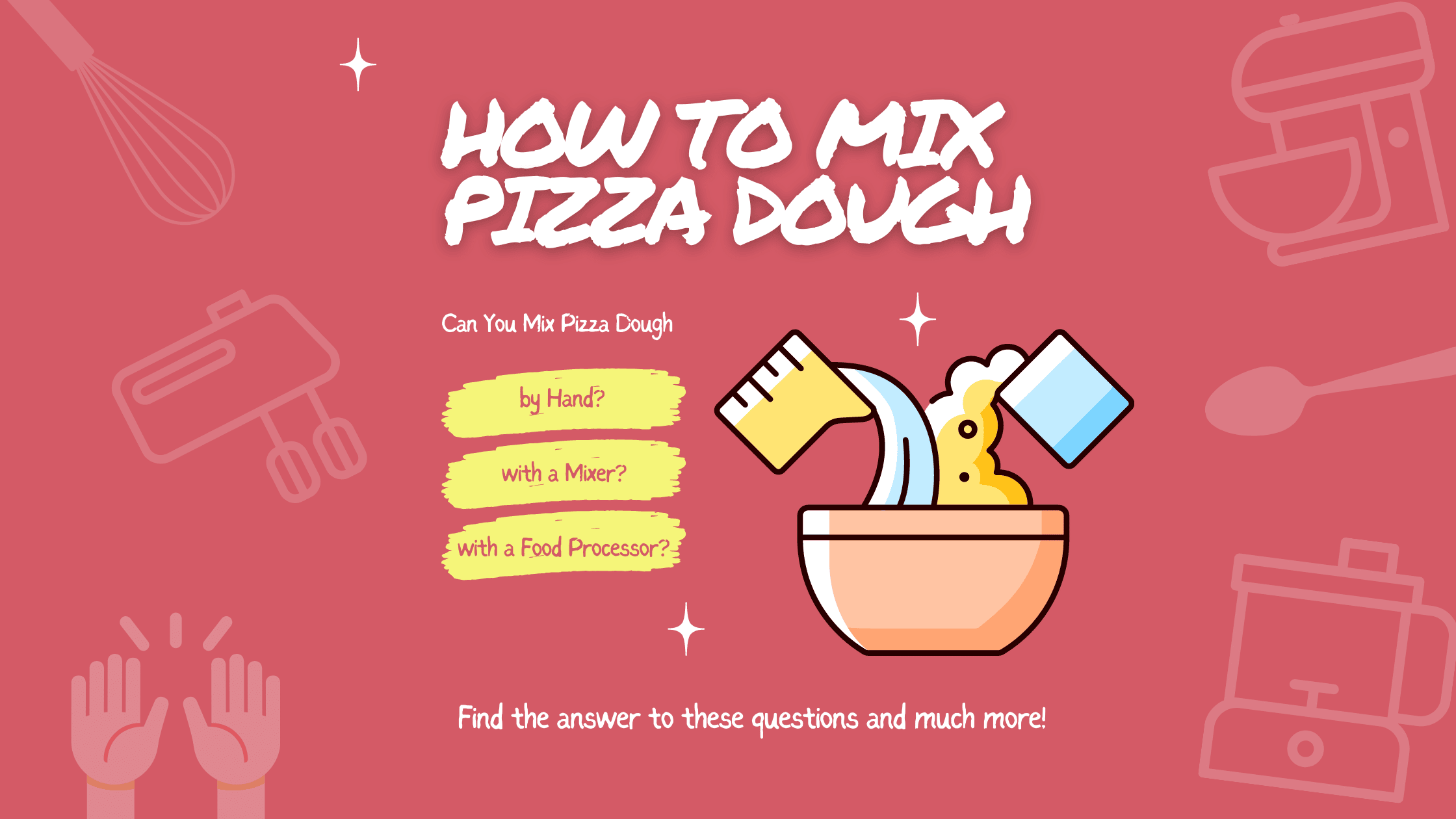
How to Mix Pizza Dough
the PROs
Do you want to learn how to mix pizza dough? Pizza dough is a staple in most households, but it …

Best Water for Pizza Dough: Temperature, Quality, and Hydration
the PROs
In this article, we are going to dive deep into the mysterious ways of water. In conjunction with flour, yeast, and salt, it can make the most spectacular pizza dough.

Salt in Pizza Dough: The Secret to a Perfectly Seasoned Crust
the PROs
Making homemade pizza is not complicated; see how with just a few ingredients like flour, water, yeast, and salt you can do wonders. In this article, we will discuss the role of salt in homemade pizza and discover four (4) basic rules applicable to salt, that are easy to remember that will make you a better homemade pizza baker.

Poke Test Demystified: Master the Technique for Perfect Pizza Every Time
the PROs
Are you tired of ending up with a pizza crust that’s either too thick or still raw in some parts, …
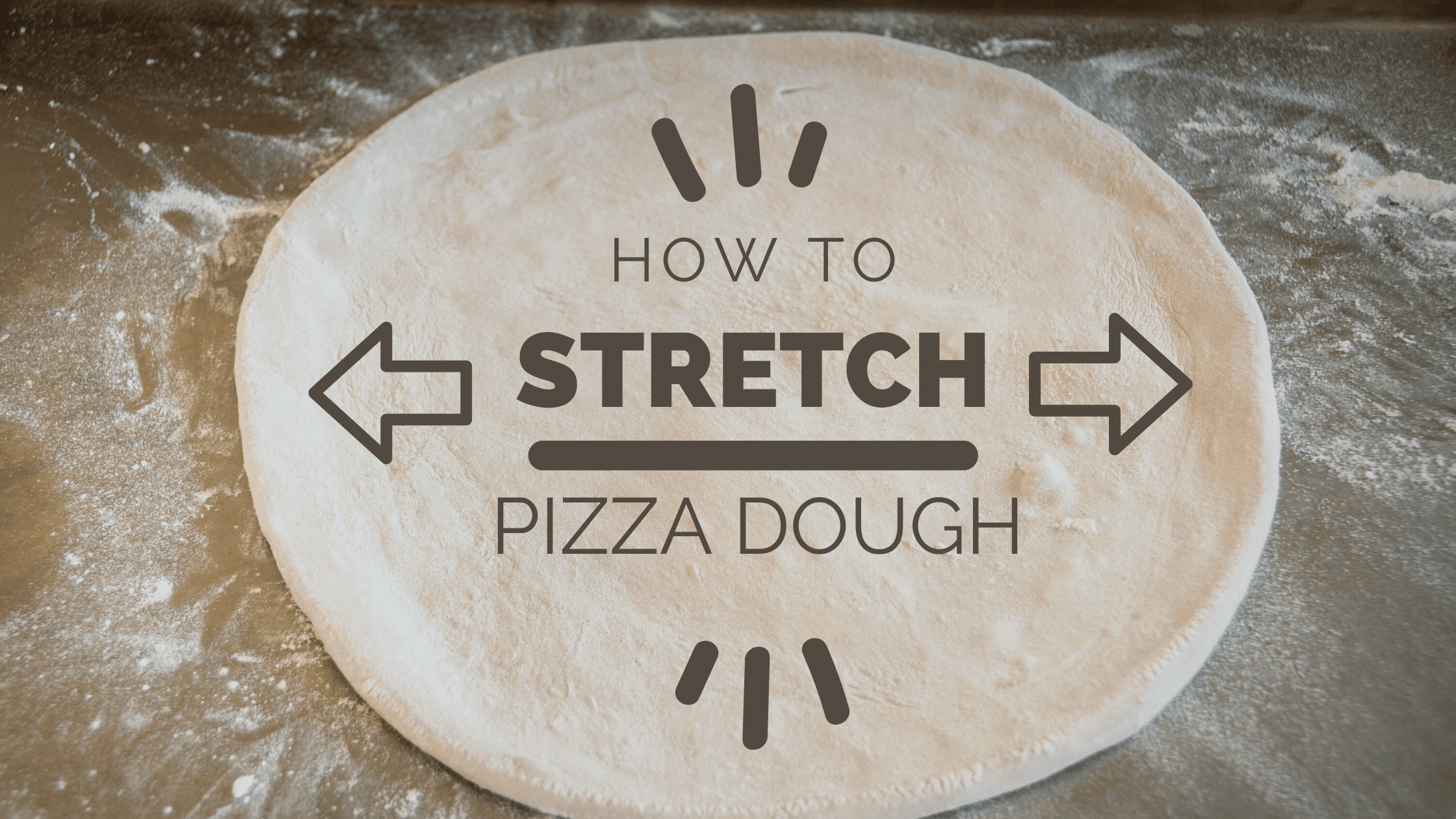
How to Stretch Pizza Dough Like a PRO: Tips and Tricks to Elevate Your Homemade Pizza Game!
the PROs
So you’ve decided to make your pizza but are unsure how to stretch pizza dough to perfection. Well, fear not! …
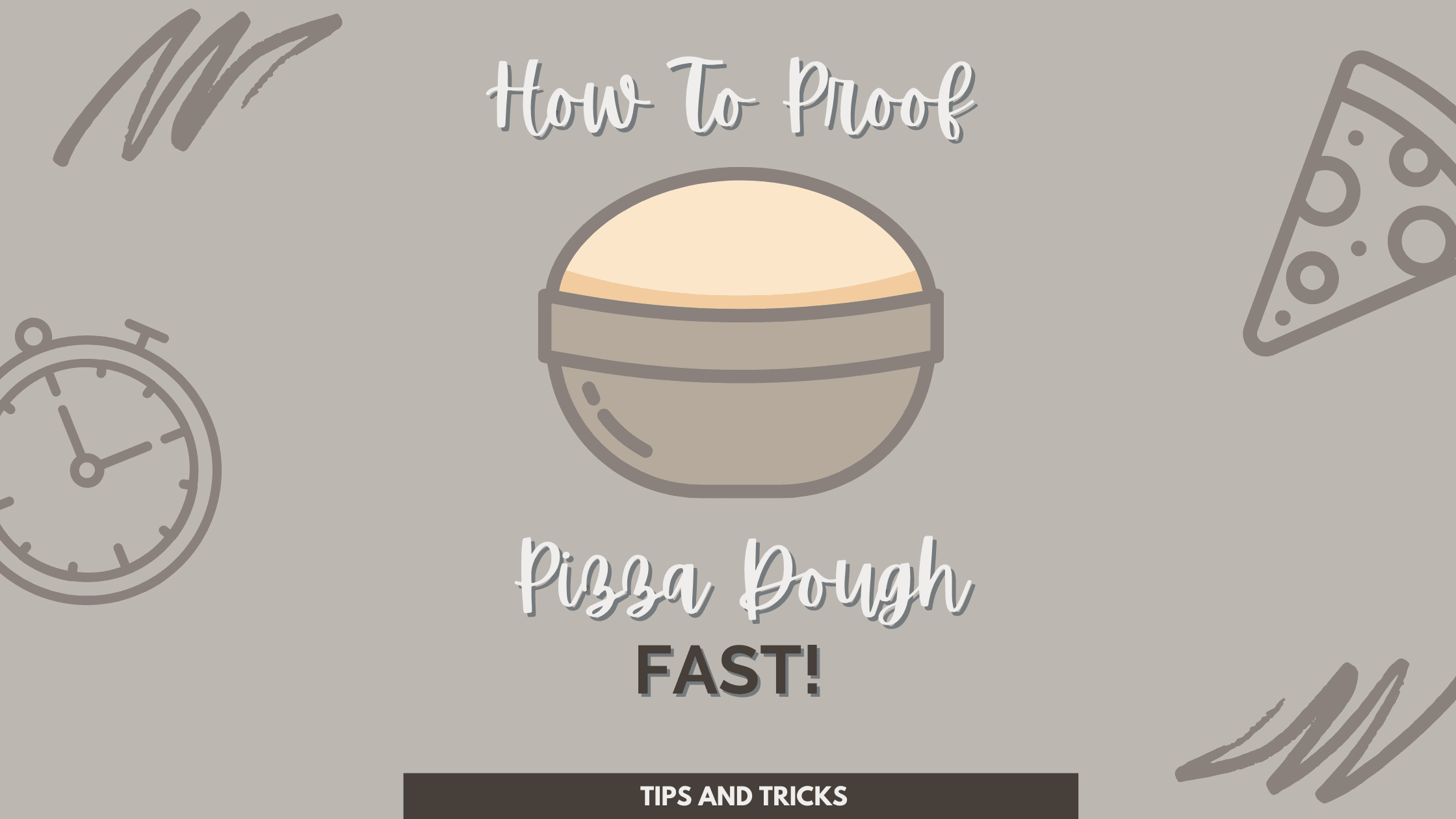
How to Proof Pizza Dough Fast
the PROs
How to Proof Pizza Dough Fast Behind every tasty pizza dough is a secret. Secrets behind its fantastic flavor and …
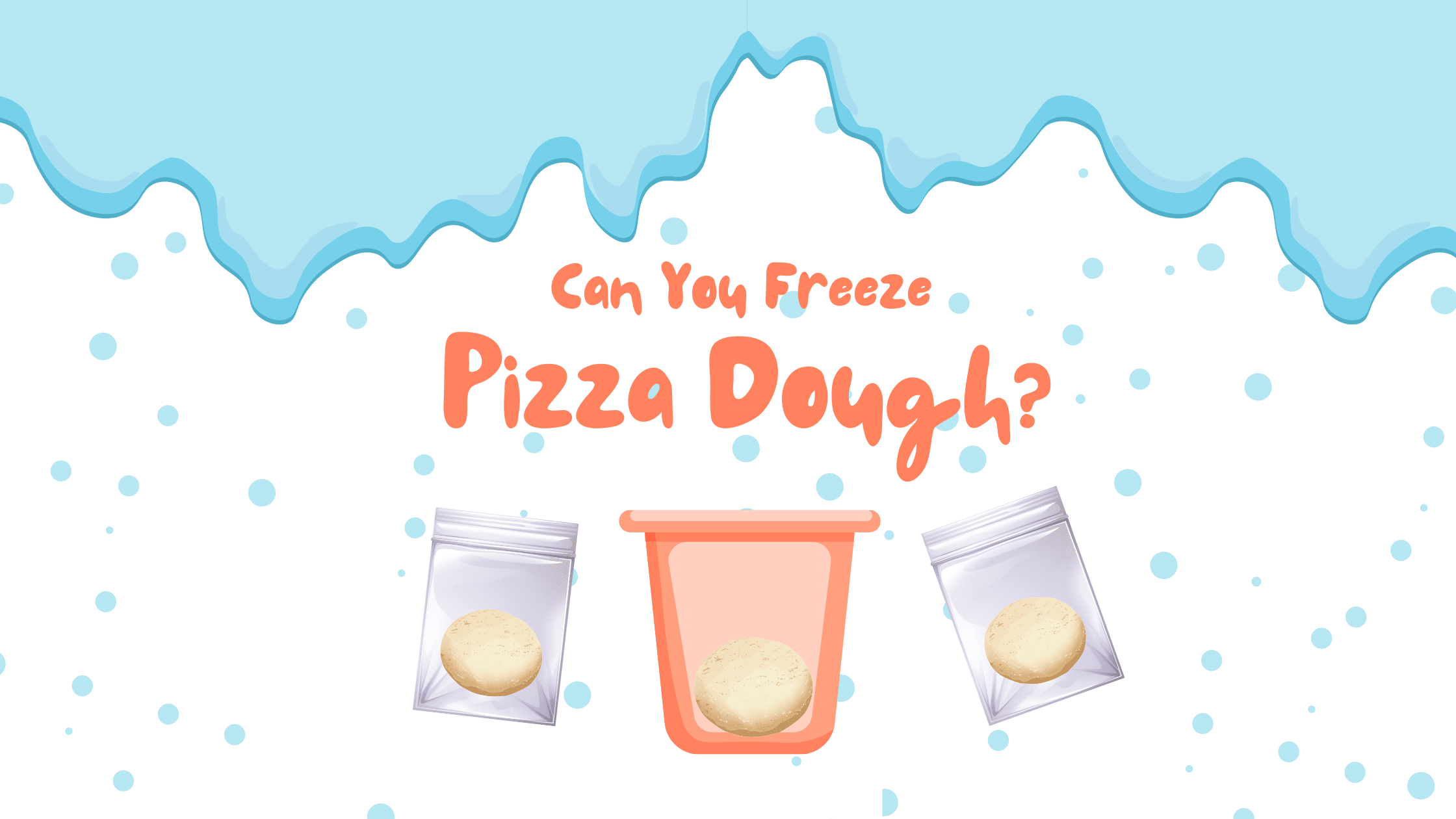
Can You Freeze Pizza Dough? (Everything You Need to Know)
the PROs
How to Freeze Pizza Dough Are you wondering how to freeze pizza dough? Most of us know that putting things …
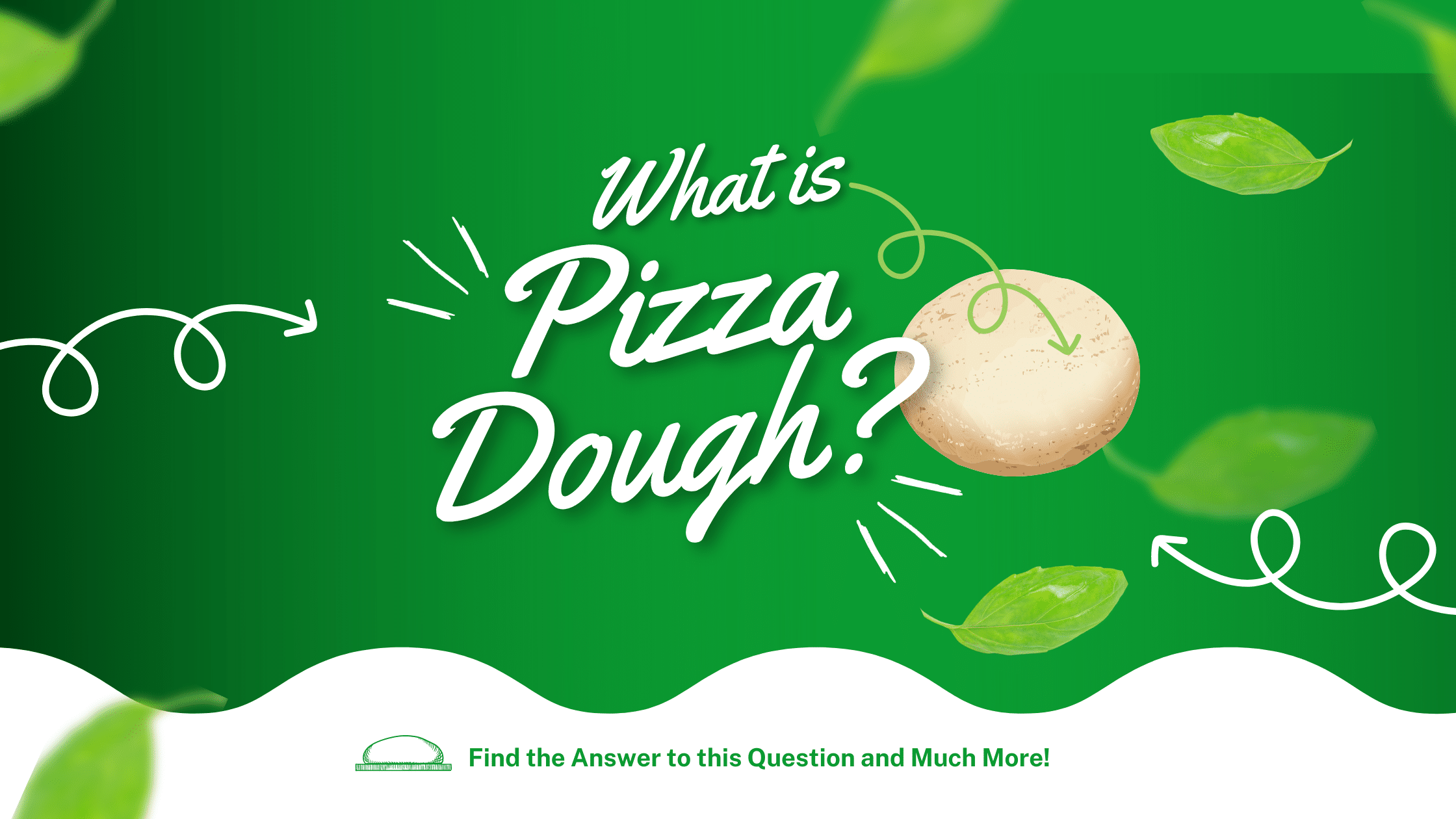
What is Pizza Dough? Here’s What You Need to Know and How to Make It
the PROs
Pretty much everyone likes pizza. But when you first start making pizza at home, you can feel a little overwhelmed. …

Can You Buy Pizza Dough? Yes, You Can! Find How to Choose and Where to Find It
the PROs
Can you buy pizza dough, you ask? Of course, you can! Is there anything you can’t buy at stores? Considering …
Additional Resources on Gluten Development

What is Gluten-Free Pizza?
the PROs
Are you wondering what is gluten-free pizza? What’s in it? How is gluten-free pizza different from regular pizza? and so …
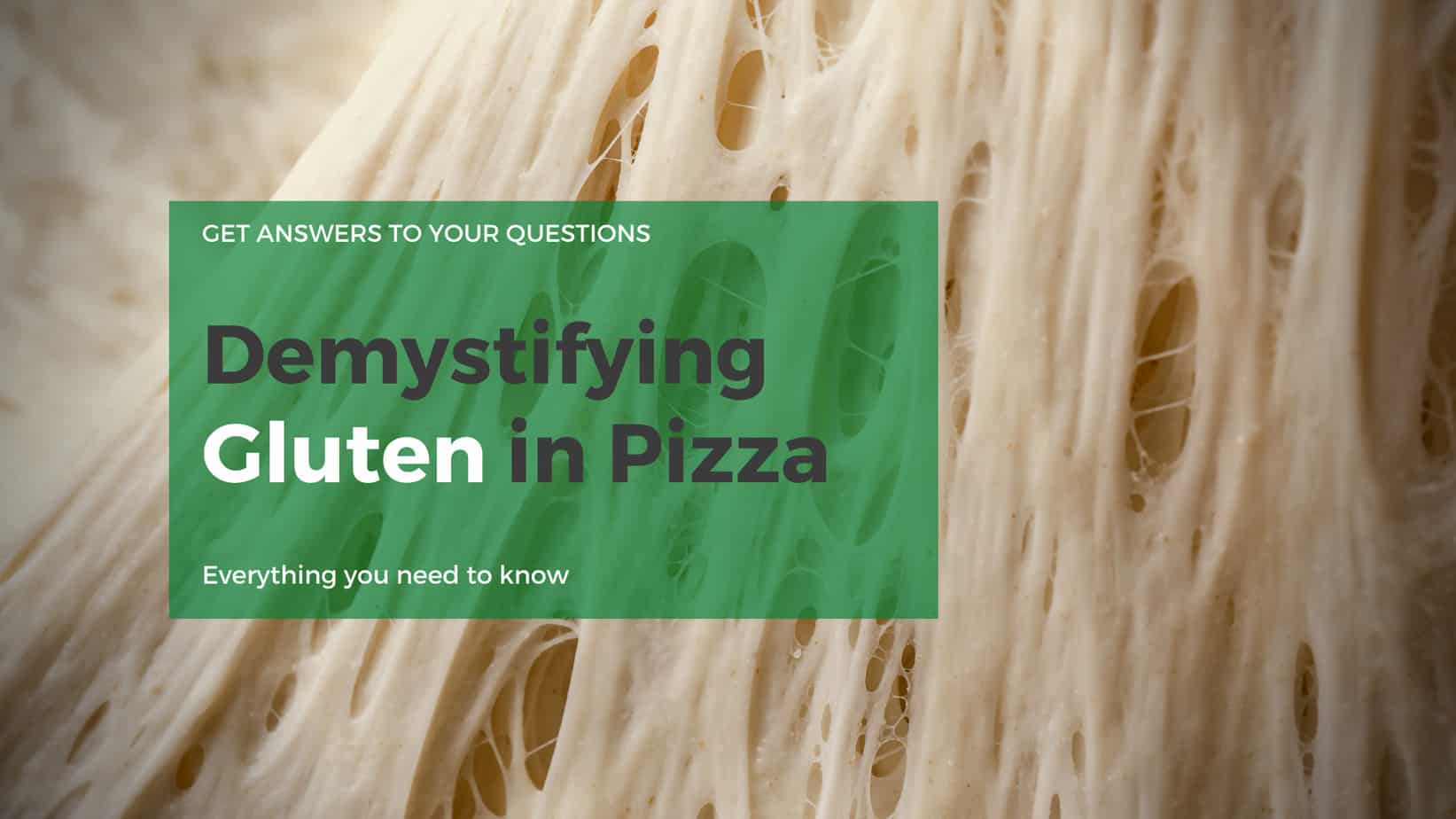
Demystifying Gluten in Pizza. Here’s What You Need to Know
the PROs
Understanding what gluten does and how to develop gluten in pizza crust will take you far along your journey to becoming a homemade pizza pro. So, if you are ready to master the art of making pizza dough, read on to discover what savvy pizza chefs know about gluten and how to transform it into delicious pizza crust!
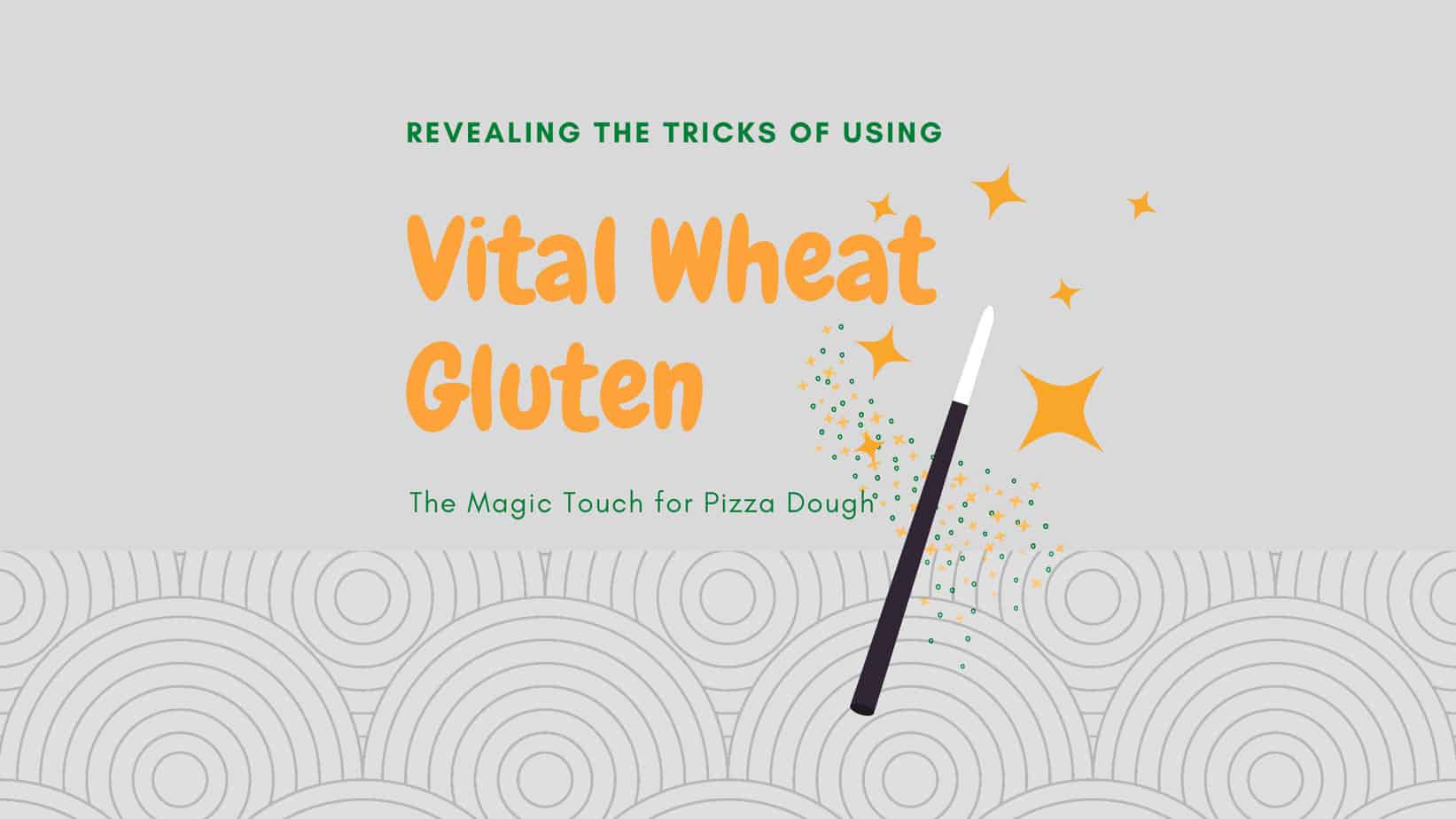
Vital Wheat Gluten: The Magic Touch for Pizza Dough
the PROs
Is your homemade pizza dough missing something? Maybe it’s not rising enough, or it’s not holding its shape as you’d like it to, or it’s just too crumbly. Perhaps you want it to be softer on the inside or crispier on the outside, or you wish it were higher in protein. Don’t worry! All these factors and more can be addressed by adding extra gluten to your recipe. Here’s our guide to everything you need to know for using vital wheat gluten in pizza dough! So let’s get started!
Enjoy!
Not a PRO? Not a Problem!
Take a pizza class to bring your pizza skills to the next level,
so you can be a PRO!
Related Posts

Costco Pizza Delivery: Find How You Can Get It Now!
the PROs
People go to Costco’s food court for many different reasons, but the cheesy slice of pizza they serve is among …
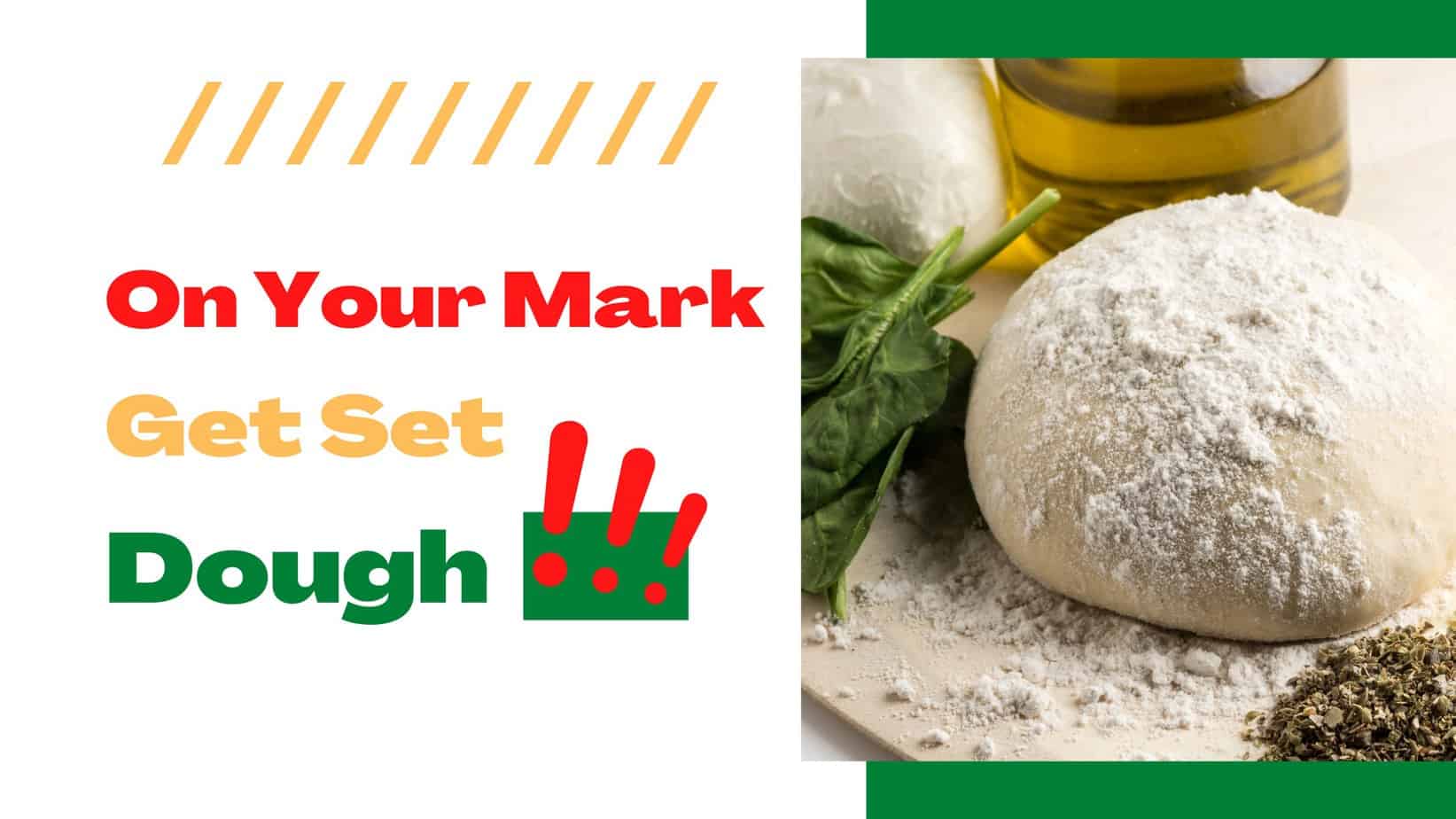
Pizza for Beginners: Don’t Buy Pizza, Make It! Here’s How to Get Started!
the PROs
You have this idea that you want to make pizza at home as opposed to ordering it, but where do you start? Don’t worry! Here you will find answers and directions to all your questions.

Pizza Toppings Under Cheese or Over Cheese? [Why the Order Matters]
the PROs
Is Pizza Cheese on Top or Bottom? Hey pizza lovers, are you wondering if you should layer pizza toppings under …
Newsletter
Subscribe to our Recipe of the Week newsletter and receive our partners’ latest recipes, tips, and discount offers.
Keep in Touch!
